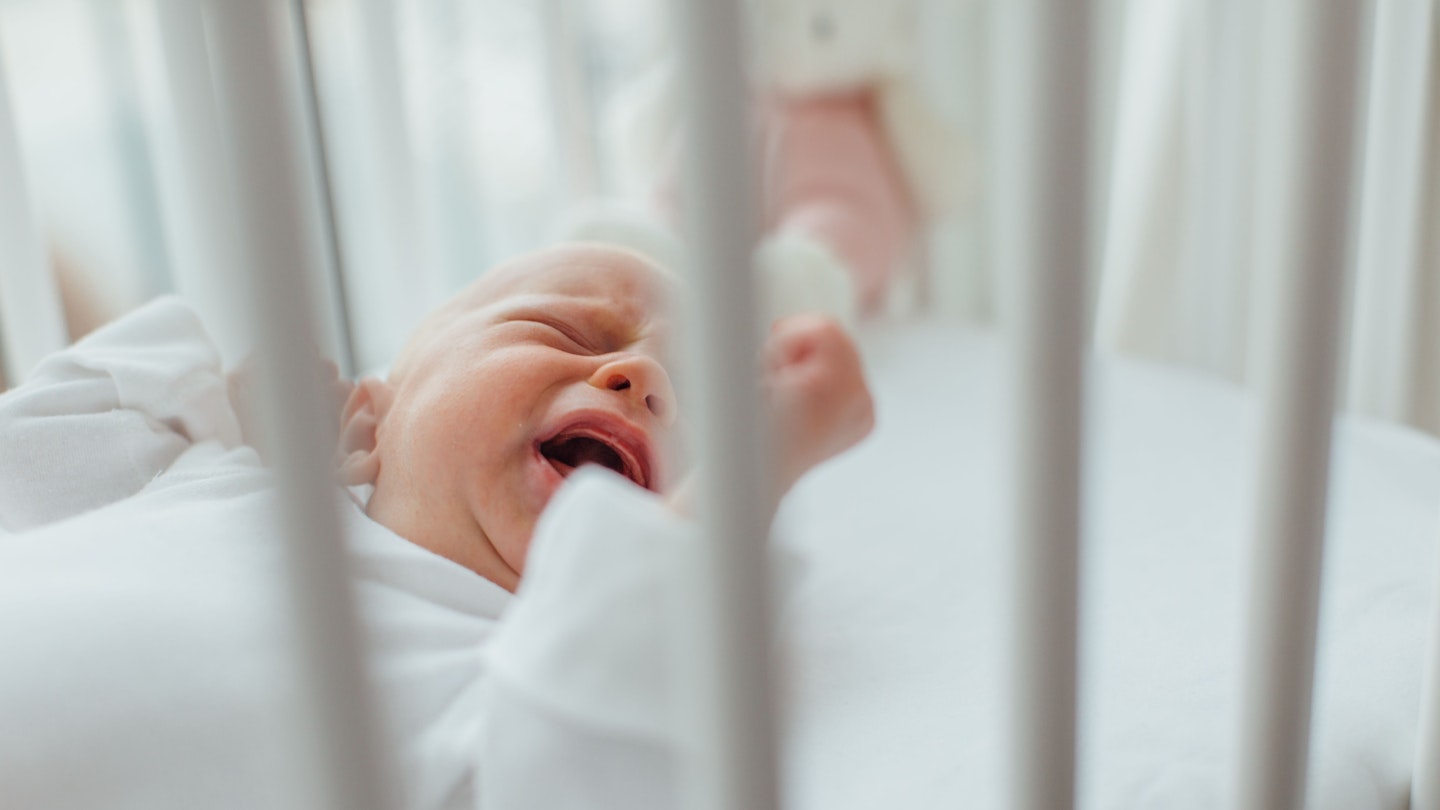For some parents, the cry it out method of sleep training has worked a treat at bedtime. Whether it's their toddler or baby that's struggling to sleep through, some families have found that letting babycry it out has allowed them to get that much needed dose of rest and sleep they needed, but is it really the best method for you?
In this article:
The constant exhaustion of having a baby comes as no surprise to new parents. Having to contend with the never-ending sleepless nights and a crying baby can be tough, no matter how prepared you think you are for parenthood.
If you're willing to try a different method of sleep training, the cry it out method could be for you.
What is the cry it out method?
The cry it out method, or the extinction method of sleep training as it’s otherwise known, is a sleep training technique that involves putting your baby to bed and letting them cry until they fall to sleep. The hardest part about this method, is that it requires parents to leave baby and not fuss over them and let them exhaust themselves with crying before dropping off by themselves.
Is the cry it out method suitable for my baby?
It’s recommended that babies can start to learn sleep training at around the 4 – 6 month mark. With cry it out, it’s best to wait until your baby can go through the night without a feed, then you know that they aren’t going to be crying out because they’re hungry.
How long should I leave my baby to cry?
At first, it’s likely your baby will cry for up to an hour before dropping off, which for parents, is understandably a very difficult sound to ignore. Rest assured however, that if you choose to commit to the crying out method, your baby will eventually cry less and less and a week or so into training, they may stop crying all together.
Should I leave baby to cry it out at nap time too?
If you’re using the cry it out method at night time, it’s recommended that you use the same method at naptime too.
When to check on baby
As long as your baby is comfortable, safe, not poorly and have a clean nappy, they should be safe to leave on their own.
If you’re concerned, you can always keep a good eye on the baby monitor and if you do want to go in and check everything is okay, make it very brief.
Most parents try to stick to the training for at least two weeks before giving up, so if you’re struggling to leave your little one to cry, try to stick it out for two weeks before thinking of another method as there are so many others for parents to try. Remember, the ultimate goal is to help teach your baby to get a good night’s sleep independently which will be beneficial to both you and baby further down the line.
If you prefer to check on your baby more often, the pick up put down sleep training method might be better for you or the Ferber method.
More from Motherandbaby.com
-
Why not join thousands of mums and start your very own Amazon Baby Wish List? They're absolutely free to create and perfect to send to your family, friends, and colleagues to make sure you're getting the baby products you really need... Click here!
-
What sleep training method did you use? We want to know what you’re going through, what your experience is, what your concerns are - post now in mumtribe where we, or one of our thousands of mum members, will be able to help! You are not alone! We are #onemum. We are #mumtribe.
